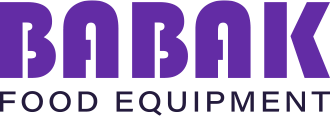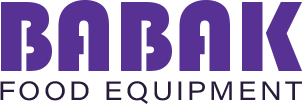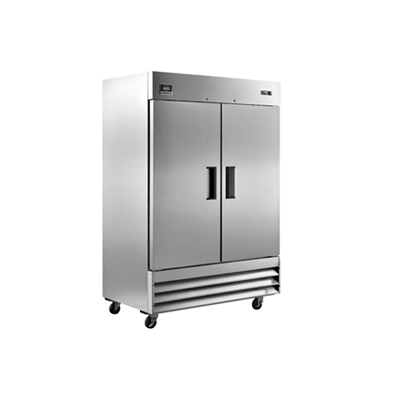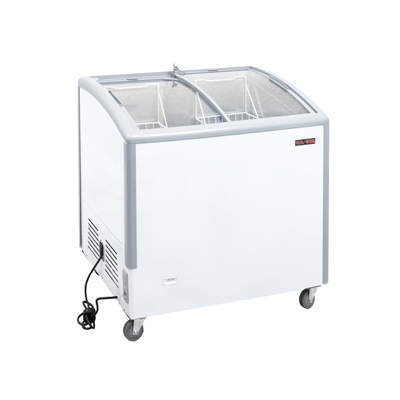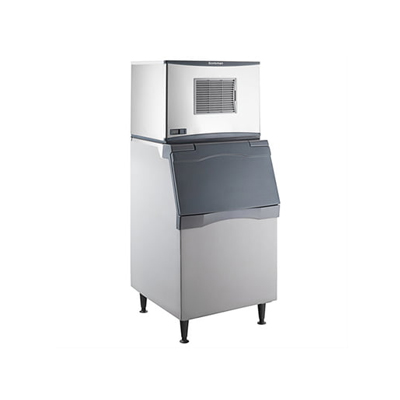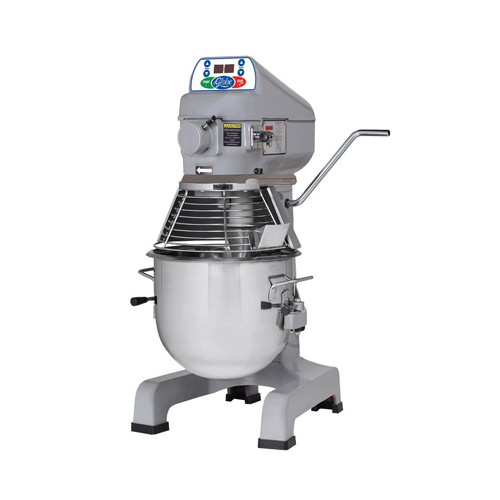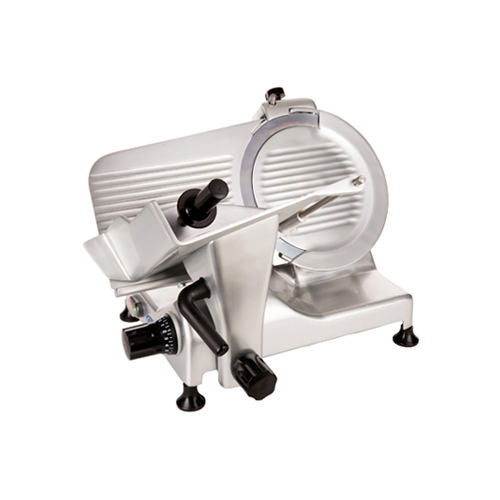Affordable Restaurant Equipment Leasing for Startups

Are you struggling to equip your new restaurant without breaking the bank? Many startup owners face this challenge, but there’s a smart solution that can help preserve your capital and optimize cash flow.
Restaurant equipment leasing offers a cost-effective way to access the tools you need without large upfront costs. This approach allows you to invest your money where it matters most—like hiring staff or perfecting your menu.
Babak Food Equipment stands out as a trusted partner in this space, offering tailored solutions designed specifically for startups. With their expertise, you can focus on what you do best—serving great food to your customers.
By choosing to lease, you gain access to quality equipment while keeping your monthly payments manageable. This flexibility is crucial for new businesses, helping you maintain a healthy cash flow and avoid financial strain.
Don’t let equipment costs hold you back. Reach out to Babak Food Equipment at 604-566-9747 to explore how their leasing options can support your restaurant’s success. It’s a simple yet effective way to equip your kitchen without the hefty price tag.
Introduction to Leasing for Canadian Restaurants
Leasing has become a popular choice for Canadian restaurants, especially startups, as it offers a cost-effective way to acquire necessary equipment without large upfront costs. This approach allows businesses to preserve capital and maintain healthy cash flow, which is crucial in the competitive restaurant industry.
Babak Food Equipment is a trusted name in this space, providing tailored leasing solutions designed specifically for Canadian startups. Their services are structured to be affordable and flexible, ensuring that restaurants can access quality equipment while keeping monthly payments manageable.
“Leasing is a lifeline for startups, enabling them to invest in growth rather than getting bogged down by equipment costs.” – John Smith, Industry Expert
| Leasing Benefits | Advantages |
|---|---|
| No Large Down Payments | Preserves Working Capital |
| Flexible Payment Terms | Supports Cash Flow Management |
| Access to Latest Equipment | Stay Competitive with Modern Tools |
For more information on how Babak Food Equipment can support your restaurant’s needs, visit their leasing options page.
Understanding “restaurant equipment leasing for startups”
Starting a new restaurant comes with many challenges, and acquiring the necessary equipment is one of the biggest. Instead of purchasing equipment outright, many startups are turning to leasing as a smart financial solution. This approach allows businesses to access the tools they need without depleting their capital.
Definition and Key Concepts
Restaurant equipment leasing is a financing option where startups pay a monthly fee to use equipment. This arrangement is different from traditional loans, as the lessor retains ownership of the equipment. The lease terms can range from a few months to several years, depending on the agreement.

This setup is particularly beneficial for new businesses, as it requires little to no down payment. Additionally, lease payments are often tax-deductible, providing further financial relief.
Benefits Compared to Purchasing Equipment
Leasing offers several advantages over buying equipment. For one, it preserves working capital, allowing startups to allocate funds to other critical areas like marketing or staff training. Monthly payments are typically lower than loan repayments, making it easier to manage cash flow.
Another significant benefit is access to the latest technology. Leasing allows businesses to upgrade their equipment regularly, ensuring they stay competitive without the burden of ownership. Maintenance and repairs are often included in the lease, reducing unexpected expenses.
While purchasing equipment offers long-term ownership, the high upfront cost can be prohibitive for startups. Leasing provides a flexible, cost-effective way to operate without sacrificing quality or capability.
Financing Options and Flexible Payment Plans
Discover how flexible financing options can transform your business’s financial strategy. Whether you’re a new restaurant or an established one, finding the right financing solutions is crucial for growth and sustainability.
Cash Flow Management and Tax Advantages
Managing cash flow effectively is essential for any business. Flexible payment plans allow you to spread costs over time, making it easier to budget. This approach ensures you can cover expenses without straining your finances.
Leasing also offers tax benefits. Lease payments are often fully deductible as business expenses, which can reduce your taxable income. This can lead to significant savings, especially during the early years of your business.
Exploring Lease-to-Own and Financing Alternatives
Lease-to-own options provide a pathway to eventual ownership. At the end of the lease term, you can purchase the equipment at a predetermined price or continue leasing. This flexibility is ideal for businesses that want to balance immediate needs with long-term goals.
Understanding the lease application process is key to securing favorable terms. A good credit score can lead to better interest rates and more flexible terms, enhancing your cash flow management. Typically, a minimum credit score of 550 is required, along with a steady revenue stream.
| Benefits of Flexible Payment Plans | Advantages |
|---|---|
| Preserves Capital | Allows investment in other critical areas |
| Supports Cash Flow | Ensures predictable monthly expenses |
| Tax-Deductible | Reduces overall tax liability |
By leveraging these financing options, your business can maintain financial health and focus on what matters most—serving your customers.

Selecting the Right Kitchen Equipment for Your Business
Choosing the right kitchen equipment is a crucial step in setting up a successful restaurant. It can make or break your operations, affecting both efficiency and customer satisfaction. With so many options available, it’s essential to focus on what truly matters for your business.
Essential Equipment Types for New Restaurants
- Commercial-grade appliances like ovens, ranges, and refrigerators are must-haves.
- Ventilation systems ensure proper airflow and meet health codes.
- Dishwashing equipment keeps your kitchen clean and compliant.

Tips for Choosing Quality and Affordable Equipment
Start by assessing your menu and space. Leasing can provide high-quality tools without upfront costs. Consider energy efficiency and durability to save in the long run.
Babak Food Equipment offers tailored solutions, balancing functionality and affordability. They help you navigate the selection process, ensuring your kitchen is both efficient and cost-effective.
Navigating the Application and Approval Process
Applying for equipment leasing can seem daunting, but with the right approach, it can be a smooth process. Understanding the requirements and vendor policies is key to securing approval and favorable terms.
Understanding Requirements and Vendor Policies
Most leasing applications require a minimum credit score of 600, though a score above 700 is often needed for startups. You’ll typically need to provide financial statements and a business plan. Vendors also prefer equipment to be essential for your operations, ensuring the lease aligns with your business needs.
Strategies for Securing Favorable Lease Terms
To strengthen your application, improve your credit score and prepare detailed financial documents. Understanding lease terms like payment structures and durations (usually 3 to 5 years) can help you negotiate better conditions. Some providers offer deferred payments or low initial costs, which can be beneficial for cash flow management.
| Application Requirements | Details |
|---|---|
| Minimum Credit Score | 600 (700+ for startups) |
| Financial Documents | Business plan, financial statements |
| Lease Duration | 3 to 5 years |

By understanding these steps and strategies, you can navigate the application process confidently and secure terms that support your business growth.
Conclusion
Leasing restaurant equipment is a smart move for startups looking to thrive in the competitive food industry. By choosing this option, businesses can preserve their capital and manage cash flow effectively, which is vital for growth and sustainability. This approach allows startups to invest in quality tools without the hefty upfront costs, ensuring they can focus on delivering exceptional dining experiences.
Babak Food Equipment offers tailored solutions designed to meet the unique needs of Canadian restaurants. Their flexible payment plans and lease-to-own options provide a pathway to long-term success, while their expertise ensures you get the right equipment for your kitchen. For more information on how to elevate your restaurant with the right tools, visit their resource page.
Don’t let equipment costs hold you back. Reach out to Babak Food Equipment at 604-566-9747 to explore affordable options that align with your business goals. With the right strategy, your restaurant can maintain financial health and focus on what matters most—serving your customers.
